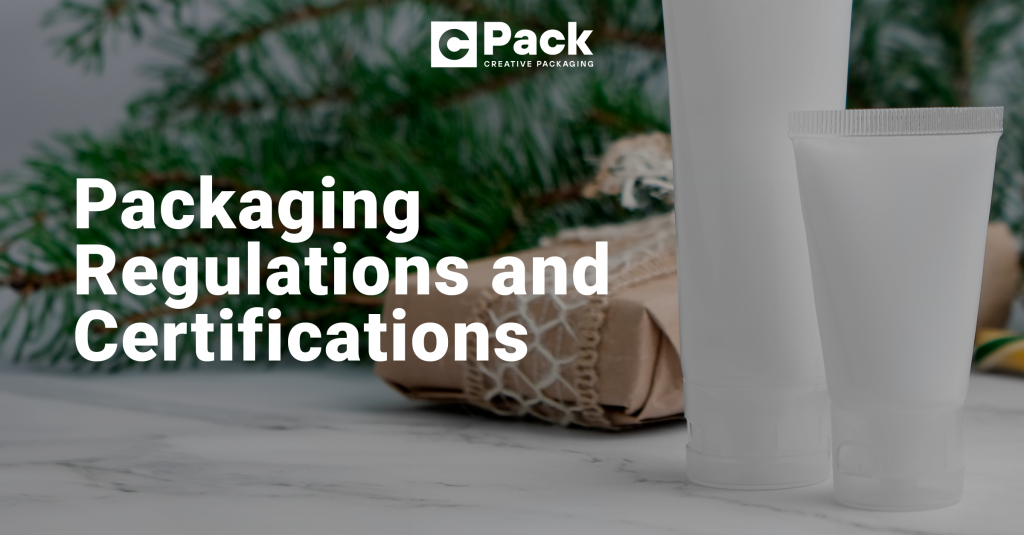
Packaging Regulations and Certifications: Understanding Sustainable Practices and How C-Pack Meets Standards
The packaging industry plays a crucial role in ensuring the safe delivery of products and protecting them from damage. However, it is equally important to consider the environmental impact of packaging materials and practices. Packaging regulations and certifications help to establish guidelines and standards for sustainable packaging solutions. In this article, we will delve into the significance of packaging regulations, understand the importance of certifications, explore sustainable packaging principles, and highlight how C-Pack meets and exceeds these regulations.
The Importance of Packaging Regulations: Protecting the Environment and Consumer Safety
Packaging regulations are designed to minimize the negative impact of packaging on the environment and ensure consumer safety. These regulations govern various aspects such as material usage, recycling requirements, and labeling guidelines. By adhering to these regulations, companies can contribute to the reduction of waste, promote responsible resource management, and safeguard the well-being of consumers.
Understanding Packaging Certifications: Ensuring Sustainable Practices
Packaging certifications serve as independent verifications that packaging materials and processes meet specific sustainability criteria. Common certifications include Forest Stewardship Council (FSC) certification for responsibly sourced wood-based materials and Cradle to Cradle (C2C) certification for products designed with the principles of circular economy in mind. These certifications provide assurance that packaging solutions meet rigorous standards for sustainability, recyclability, and environmental impact.
Sustainable Packaging: Key Principles and Considerations for Eco-Friendly Solutions
Sustainable packaging aims to minimize the ecological footprint of packaging throughout its lifecycle. Key principles include reducing packaging materials, utilizing recyclable or biodegradable materials, and optimizing packaging design for efficient transportation and storage. Companies should also consider the use of renewable energy sources and engage in responsible waste management practices to further enhance their sustainability efforts.
C-Pack: Setting the Standard for Responsible Packaging
C-Pack, a leading packaging company, has emerged as an industry leader in sustainable packaging solutions. With a deep commitment to environmental responsibility, C-Pack actively incorporates eco-friendly practices into its operations. From utilizing renewable and recyclable materials to implementing energy-efficient manufacturing processes, C-Pack sets the standard for responsible packaging.
How C-Pack Meets and Exceeds Packaging Regulations: A Commitment to Sustainability
C-Pack goes beyond meeting the minimum requirements of packaging regulations. The company proactively seeks out innovative materials and designs that minimize environmental impact without compromising product protection and functionality. Through continuous research and development, C-Pack strives to introduce cutting-edge solutions that contribute to a greener future.
In conclusion, understanding packaging regulations and certifications is crucial for promoting sustainable practices in the packaging industry. Compliance with regulations helps protect the environment and ensure consumer safety. Certifications provide third-party validation of sustainable packaging efforts. C-Pack, through its commitment to sustainability, exemplifies responsible packaging practices by exceeding regulatory requirements and consistently seeking eco-friendly solutions. By embracing sustainable packaging principles and supporting companies like C-Pack, we can collectively work towards a more environmentally conscious and responsible future.
Common questions asked about Packaging Regulations and Certifications:
1. What is the regulation for packaging?
Packaging regulations encompass a wide range of laws and guidelines that govern the design, production, and disposal of packaging materials. These regulations aim to minimize waste, encourage recycling, and promote sustainable practices in the packaging industry.
2. Who regulates packaging in the USA?
In the United States, packaging regulations are primarily regulated by the Environmental Protection Agency (EPA) and the Food and Drug Administration (FDA). The EPA focuses on environmental concerns related to packaging waste and pollution, while the FDA regulates packaging materials that come into direct contact with food and beverages.
3. What are the four rules of packaging?
The four basic rules of packaging are often referred to as the “4 Rs” – Reduce, Reuse, Recycle, and Recover. These rules encourage minimizing packaging materials, utilizing reusable or recyclable materials, promoting recycling initiatives, and exploring energy recovery options from packaging waste.
4. What are toxics in packaging laws?
Toxics in packaging laws are regulations that aim to reduce the presence of harmful substances in packaging materials. These laws typically restrict the use of certain chemicals, such as lead, mercury, cadmium, and hexavalent chromium, which can be hazardous to human health and the environment.
5. What is unacceptable in packaging materials?
Several materials are generally considered unacceptable in packaging due to their negative environmental impact or potential health hazards. These materials include polystyrene foam (commonly known as Styrofoam), non-recyclable plastics, excessive non-biodegradable packaging, and materials containing harmful substances like asbestos or PVC.

